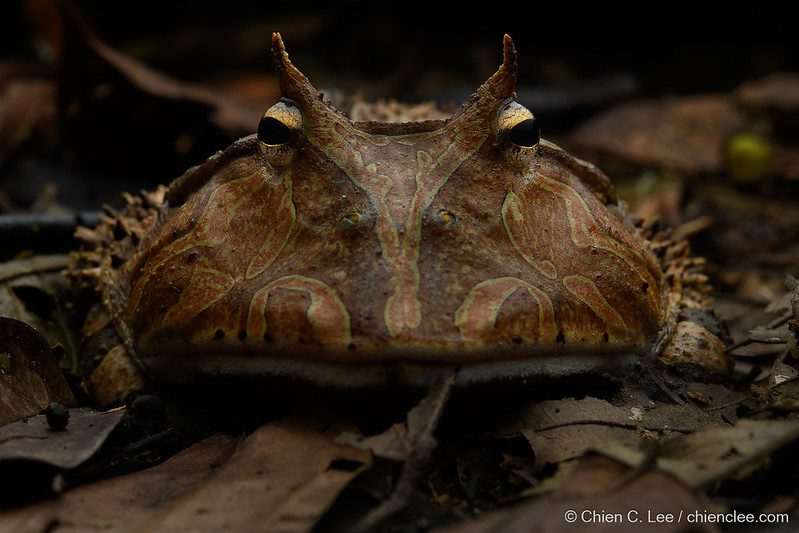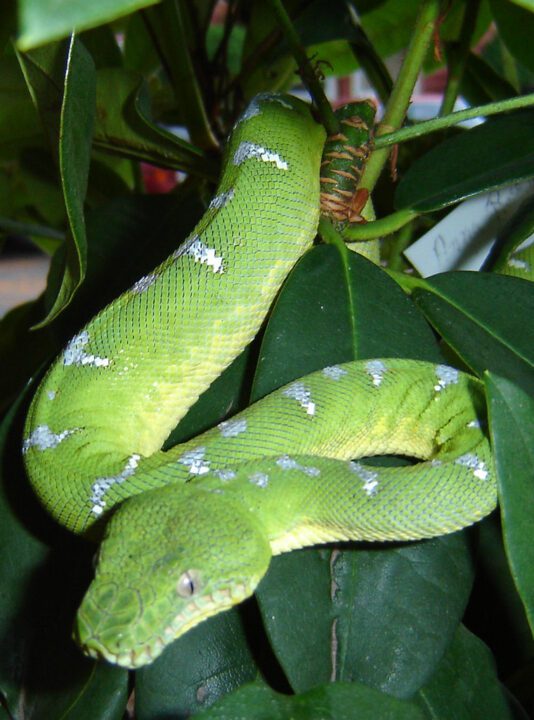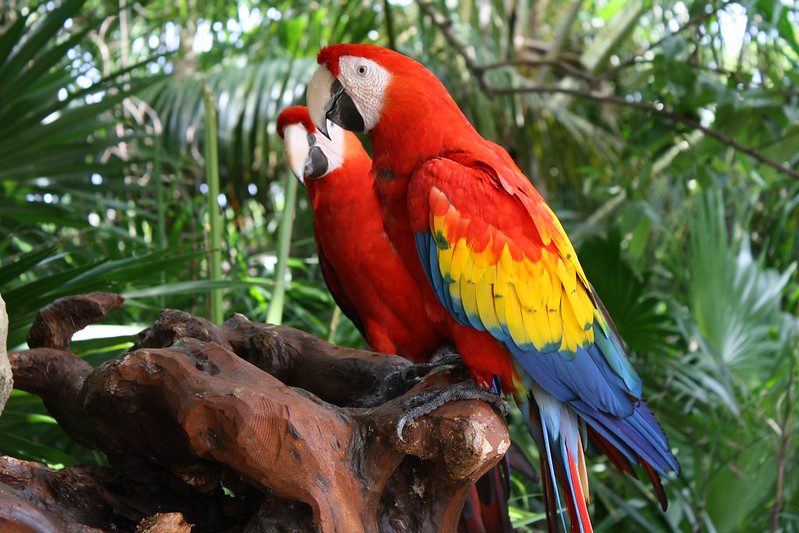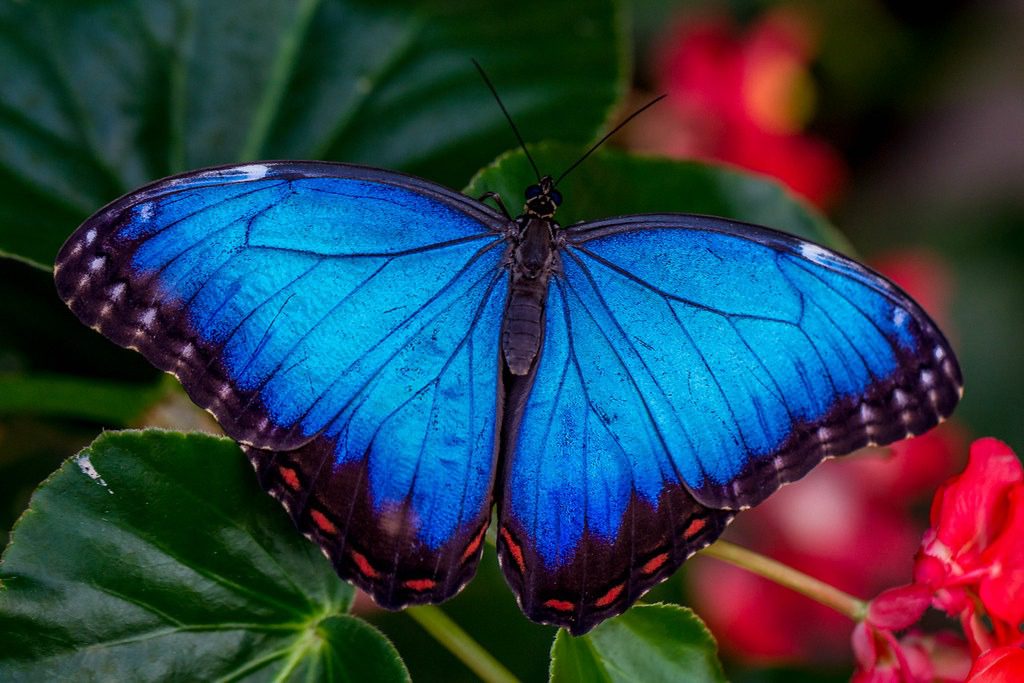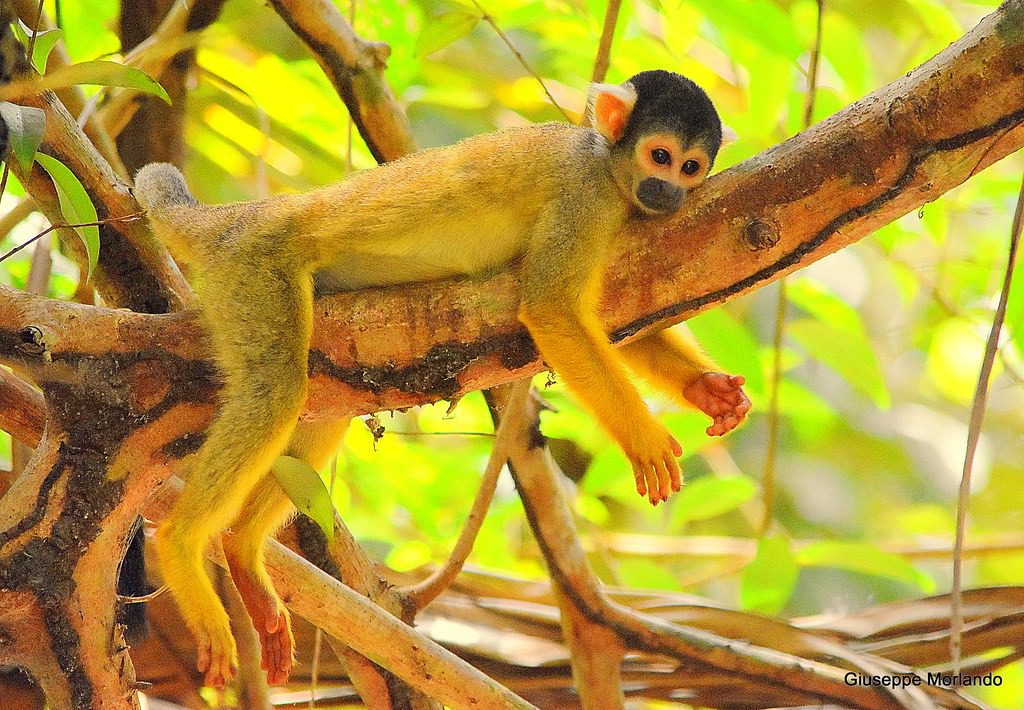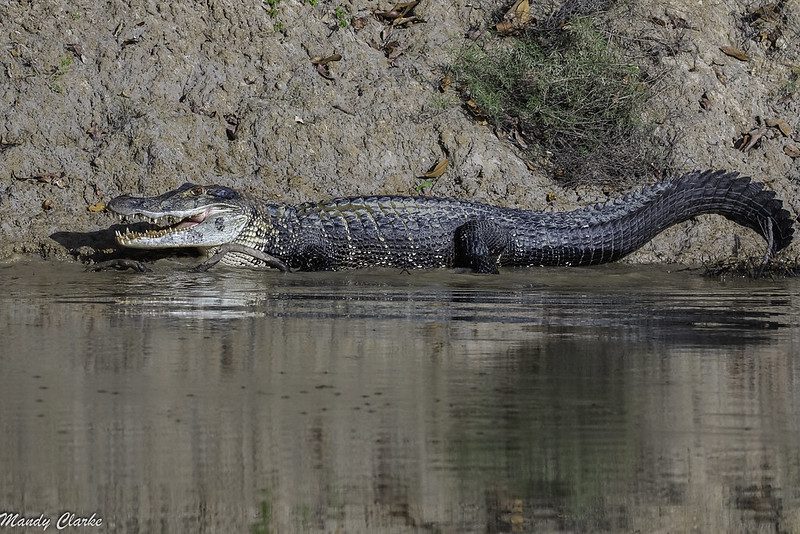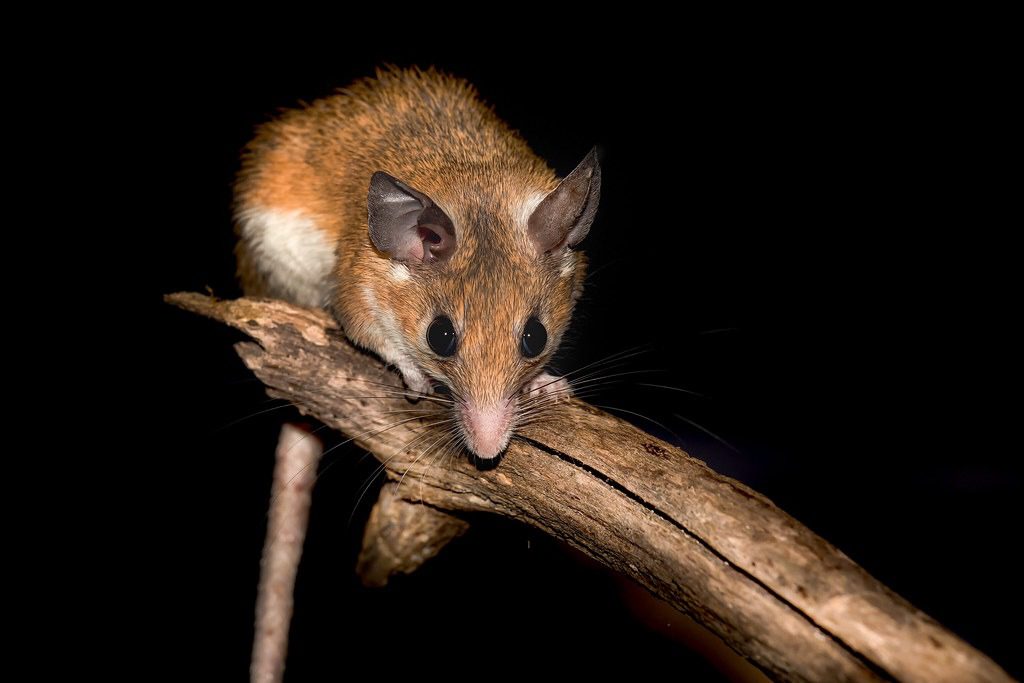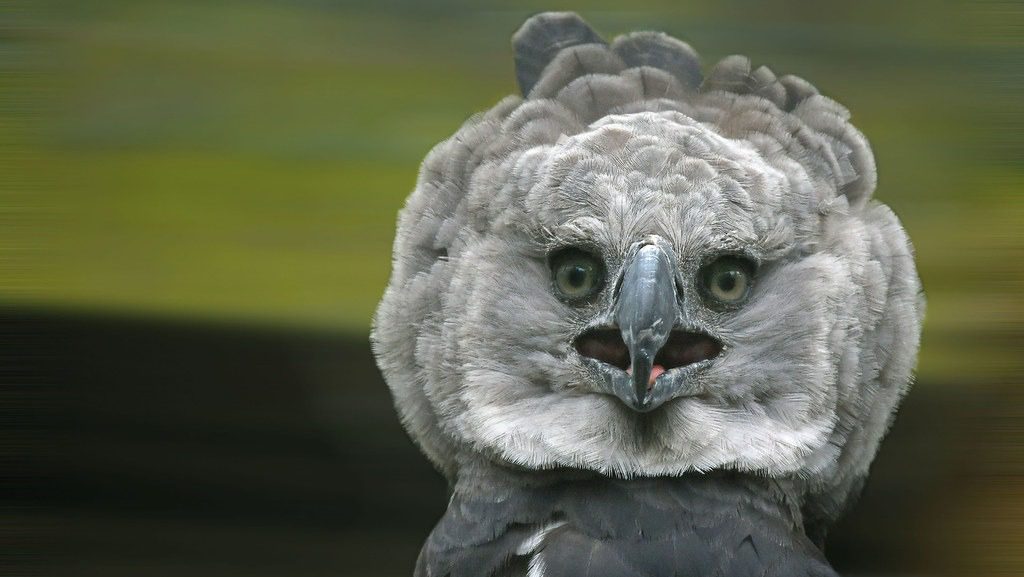The poison dart frog is one of nature’s most vibrant and toxic amphibians. Known for their brilliant colors and potent toxins, these frogs are both beautiful and dangerous. Found in the tropical rainforests of Central and South America, poison dart frogs have fascinated biologists and nature lovers alike due to their unique adaptations and vivid diversity. This article dives deep into the world of these colorful amphibians, exploring their habitat, diet, predators, lifespan, size, and species variations, including blue, strawberry, golden, and pink poison dart frogs.
What Is a Poison Dart Frog?
The poison dart frog belongs to the family Dendrobatidae, a group of small, brightly colored frogs that derive their name from indigenous tribes who used their toxic secretions to coat the tips of blow darts for hunting. Their dazzling colors serve as a warning signal—a natural defense mechanism known as aposematism.
Key Characteristics of Poison Dart Frogs
- Size: Typically 1.5 to 6 cm (0.6 to 2.4 inches)
- Lifespan: 5 to 15 years in captivity, shorter in the wild
- Coloration: Bright colors ranging from blue, green, yellow, red, pink, and black
- Toxicity: Some species can kill predators with a single touch
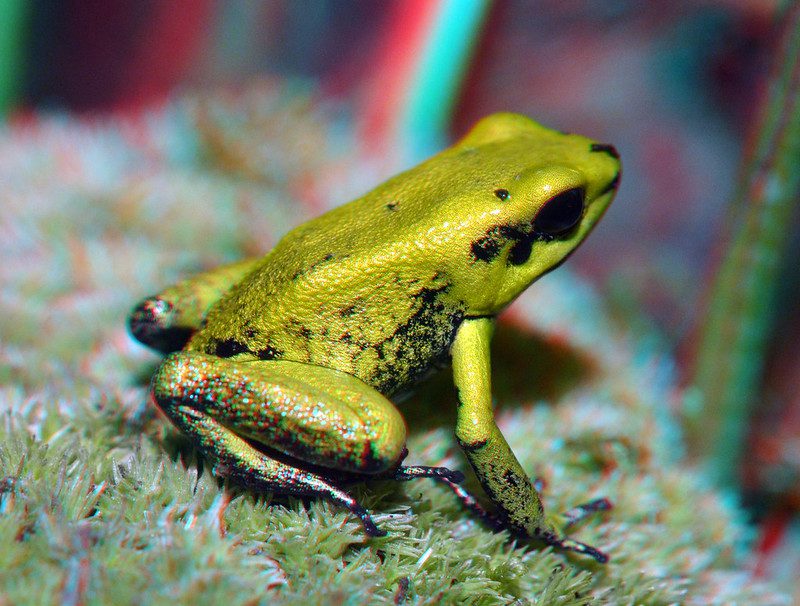
Poison Dart Frog Habitat
Where Do Poison Dart Frogs Live?
Poison dart frog habitat is typically humid, tropical rainforest. These frogs require a consistently moist environment and are often found in leaf litter, near small streams, or in bromeliads that collect rainwater.
Key Habitat Traits:
- Humidity: Above 80%
- Temperature: 70–85°F (21–29°C)
- Elevation: Sea level to 2,000 meters
- Regions: Central and South America, especially in countries like Colombia, Brazil, and Costa Rica
Microhabitats
- Leaf Litter: Provides shelter and food
- Bromeliads and Epiphytes: Used for egg-laying and tadpole rearing
- Riverbanks and Streams: Necessary for some life stages
Poison Dart Frog Diet
What Does a Poison Dart Frog Eat?
Poison dart frogs are carnivorous and primarily insectivores. Their diet consists of tiny arthropods, which contribute to their toxicity.
Common Prey Includes:
- Ants (especially formicine ants)
- Termites
- Small beetles
- Mites
- Spiders
How Diet Affects Toxicity
Interestingly, poison dart frogs are not born toxic. Their diet in the wild—rich in alkaloid-containing insects—allows them to accumulate poisons in their skin. In captivity, where these insects are not part of their diet, the frogs lose their toxicity.
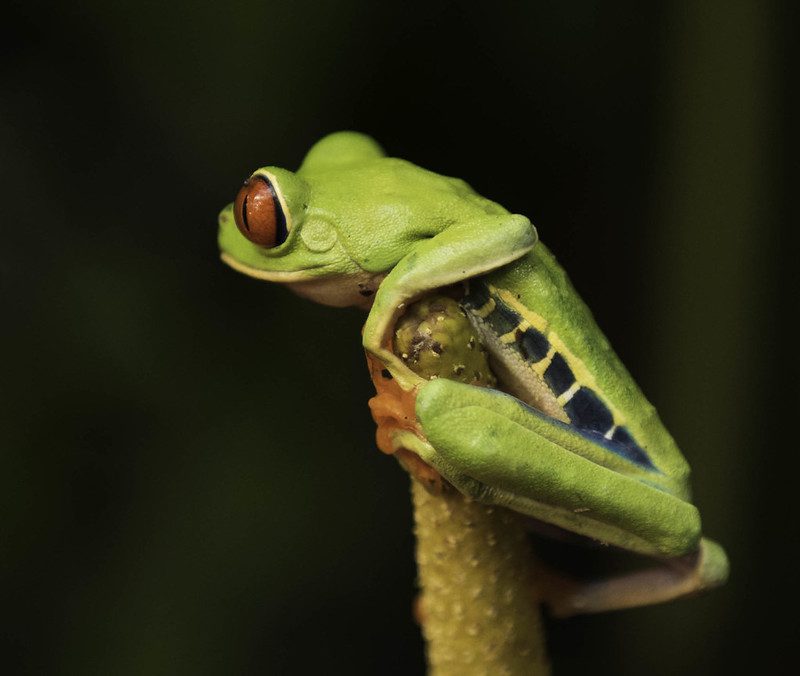
Poison Dart Frog Predators
Despite their toxins, poison dart frogs do have natural predators, though very few. Their brightly colored skin is usually enough of a warning to keep predators away.
Known Predators:
- Leimadophis epinephelus: A snake immune to their toxins
- Large Spiders: Occasionally prey on froglets
- Birds and Insects: Rare, often avoid the frogs due to their taste
Poison Dart Frog Adaptations
The poison dart frog has developed a suite of adaptations to survive in its environment.
Physical and Behavioral Adaptations
1. Bright Coloration
- Signals danger (aposematism)
- Helps avoid predation
2. Toxic Skin
- Contains alkaloid toxins that can paralyze or kill
- Used in self-defense, not for hunting
3. Sticky Pads on Toes
- Allows climbing on plants and smooth surfaces
4. Parental Care
- Some species carry tadpoles on their backs to water-filled plants
Poison Dart Frog Size and Lifespan
How Big Are Poison Dart Frogs?
Poison dart frog size varies by species but generally falls within a small range.
- Smallest: Strawberry Poison Dart Frog (~1.5 cm)
- Largest: Golden Poison Dart Frog (~6 cm)
Lifespan
- In the wild: 4–8 years on average
- In captivity: 10–15 years, thanks to consistent food and safety
Poison Dart Frog Colors and Species
One of the most captivating aspects of poison dart frogs is their range of dazzling colors and species. Each color serves a purpose in warning potential predators and often relates to their environment.
Blue Poison Dart Frog (Dendrobates tinctorius “azureus”)
- Found in Suriname
- Bright cobalt blue with black spots
- Medium-sized and popular in zoos
Strawberry Poison Dart Frog (Oophaga pumilio)
- Bright red body with blue or black legs
- Known for extreme parental care
- Found in Central America
Golden Poison Dart Frog (Phyllobates terribilis)
- Bright yellow to orange
- Most toxic frog on Earth—can kill 10 adult humans with one gram of skin toxin
- Found in Colombia
Green and Black Poison Dart Frog (Dendrobates auratus)
- Mottled green and black pattern
- Found in Central America
- Often introduced in Hawaii to control mosquito populations
Dyeing Poison Dart Frog (Dendrobates tinctorius)
- Yellow and black body with blue legs
- Name comes from a legend about dyeing parrot feathers using the frog’s toxins
- Found in the Guiana Shield
Red, Pink, and Yellow-Banded Poison Dart Frogs
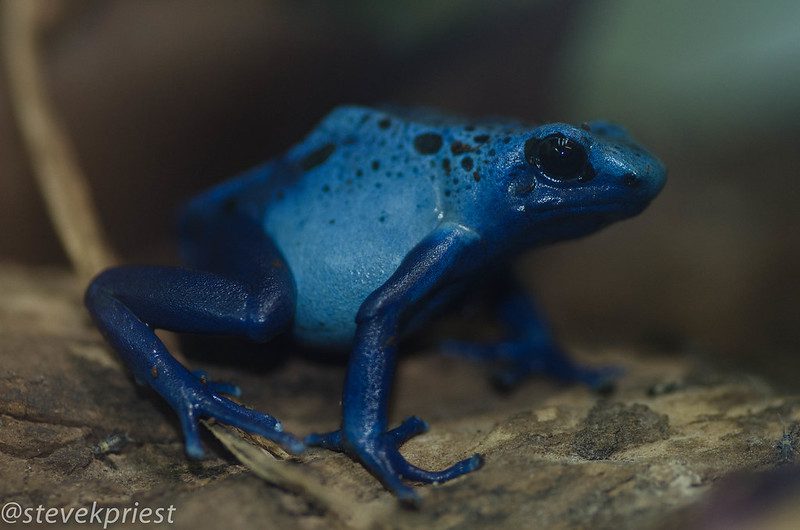
Red Poison Dart Frog
- Often a morph of Oophaga pumilio
- Seen in various red-orange hues
Pink Poison Dart Frog
- Rare and sometimes debated coloration
- Likely captive-bred color morphs
Yellow-Banded Poison Dart Frog (Dendrobates leucomelas)
- Black body with bright yellow bands
- Known for a loud call and adaptability
Poisonous Dart Frog: Just How Poisonous?
Not all poison dart frogs are equally toxic. Their toxicity depends on the species and their diet in the wild.
Toxicity Scale
- Golden Poison Dart Frog: Lethal to humans
- Blue and Green & Black Frogs: Toxic but rarely fatal
- Captive Frogs: Harmless due to diet
How Poison Works
- The toxin, batrachotoxin, interferes with nerve and muscle function
- Even trace amounts can cause cardiac arrest
Poison Dart Frog MTG (Magic: The Gathering)
The phrase “Poison Dart Frog MTG” refers to references or cards inspired by this frog in the fantasy card game Magic: The Gathering. While not always direct, the poison dart frog’s aesthetic and abilities—toxicity, agility, camouflage—make it an inspiration for certain green or black poison-related cards.
MTG-Themed Attributes That Resemble the Frog:
- Poison counters
- Deathtouch
- Regeneration or Adaptation themes
This reflects how nature influences fantasy mechanics and creature design.
Fascinating Facts About Poison Dart Frogs
1. Not All Poison Dart Frogs Are Poisonous
Only wild-caught frogs retain toxins. Captive frogs lack the specialized diet needed to produce venom.
2. One Species Could Kill 10 Men
The Golden Poison Dart Frog is arguably the most dangerous amphibian due to its extreme toxicity.
3. Toxins Are Being Studied for Medicine
Some compounds in poison dart frog skin are being researched for potential medical applications like painkillers.
4. Male Frogs Guard the Eggs
In some species, the male protects and waters the eggs with moisture from his body.
5. Tiny But Mighty
Most frogs are under 2 inches long yet have bright enough colors to deter large predators like birds and snakes.
Conservation Status
Many poison dart frog species are listed as threatened due to habitat destruction, climate change, and the pet trade. Rainforest deforestation is the primary threat to their survival.
Conservation Efforts:
- Breeding programs in zoos
- Protected rainforest reserves
- Educational outreach and ecotourism
What Makes Poison Dart Frogs Unusual?
- They defy the notion that small equals harmless.
- They exhibit extreme parental care, unlike most amphibians.
- Their toxins are not produced internally but are biochemically derived from their environment.
- Some species exhibit territorial behavior, aggressively defending their area from intruders.
Summary: Nature’s Vibrant Warning
The poison dart frog is a perfect example of nature’s duality—gorgeous and deadly. With dozens of colorful species and remarkable biological traits, these frogs play an essential role in the ecosystems they inhabit. Whether you’re intrigued by their toxic defenses, fascinated by their bright colors, or inspired by their adaptability, there’s no denying their importance in the natural world.







